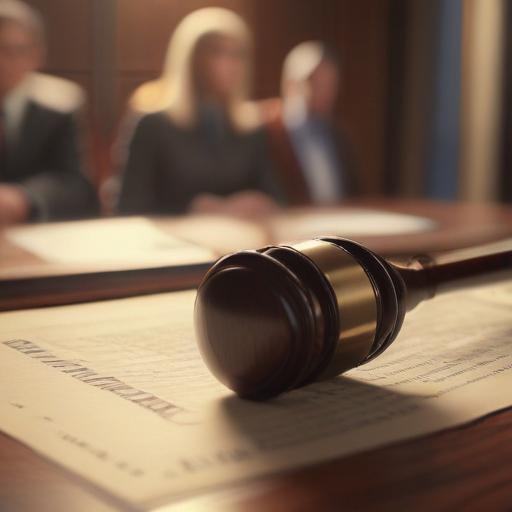The legal community is facing a growing concern regarding the use of generative AI in courtroom filings, highlighted by a recent case in the Georgia Court of Appeals known as Shahid v. Esaam. In this case, a husband cited two fictitious cases in a divorce proceeding, leading a trial judge to base a ruling partially on these non-existent references. This incident underlines a troubling trend, as numerous instances of fake cases appearing in legal arguments continue to emerge, often without sufficient scrutiny from the courts.
Despite previous high-profile incidents, like the Mata v. Avianca case, which brought significant embarrassment for attorneys who referenced fabricated legal precedents, the frequency of such occurrences remains alarmingly high. The appeal in Shahid v. Esaam revealed the extent of this issue; the defendant not only failed to address the initial fake cases but subsequently cited 11 additional spurious cases in an attempt to support his arguments for attorney’s fees.
The appellate court, while not directly attributing fault to generative AI technology for the erroneous citations, highlighted the “irregularities” in the filings, which suggest they may have been generated by AI tools prone to “hallucinations.” Chief Justice John Roberts previously warned about the potential pitfalls of using AI in legal settings, emphasizing the need for caution.
This situation serves as a critical reminder for legal professionals regarding the diligence required in citation practices. The fallout from this case could prompt increased vigilance among judges and opposing counsel, which may ultimately prevent future reliance on bogus legal references. The embarrassment associated with these blunders, combined with a growing awareness of the implications of AI, may foster a more rigorous standard in legal citations moving forward.
Importantly, while the incident serves as a cautionary tale, it also presents an opportunity for the legal system to enhance its check mechanisms against misinformation. By reinforcing protocols for verifying citations, the courts can ensure that such errors do not undermine the integrity of the judicial process in the future.
As we look ahead, the hope is that this incident—and others like it—will drive a transformation in how legal professionals approach technology in their work, promoting a culture that values accuracy and thoroughness in legal documents.
